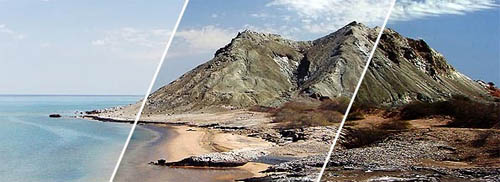A digital camera is a camera that takes high resolution images. The digital camera is one of the most remarkable instances of this shift because it is so truly different from its predecessor. Conventional cameras depend entirely on chemical and mechanical processes you don’t even need electricity to operate them. On the other hand, all digital cameras have a built-in computer, and all of them record images electronically.
The new approach has been enormously successful. Since film still provides better picture quality, digital cameras have not completely replaced conventional cameras. But, as digital imaging technology has improved, digital cameras have rapidly become more popular.
A few helpful tips
Compact digital cameras regardless of a range of different advantages are slower than film cameras. Here are some tips for dealing with this lag and taking several exhilarating and unforgettable action pictures.
Digital Camera Resolution
The amount of detail that the camera can capture is called the resolution, and it is measured in pixels. The more pixels a camera has, the more detail it can capture and the larger pictures can be without becoming blurry or “grainy.”
Some common resolutions are:
256×256 – Found on very cheap cameras, this resolution is so low that the picture quality is almost always unacceptable. This is 65,000 total pixels.
640×480 – This is the low end on most “real” cameras. This resolution is ideal for e-mailing pictures or posting pictures on a Web site.
1216×912 – This is a “megapixel” image size — 1,109,000 total pixels — good for printing pictures.
1600×1200 – With almost 2 million total pixels, this is “high resolution.” You can print a 4×5 inch print taken at this resolution with the same quality that you would get from a photo lab.
2240×1680 – Found on 4 megapixel cameras — the current standard — this allows even larger printed photos, with good quality for prints up to 16×20 inches.
4064×2704 – A top-of-the-line digital camera with 11.1 megapixels takes pictures at this resolution. At this setting, you can create 13.5×9 inch prints with no loss of picture quality.
Digital Camera Exposure and Focus
Just as with film, a digital camera has to control the amount of light that reaches the sensor. The two components it uses to do this, the aperture and shutter speed, are also present on conventional cameras.
Aperture: The size of the opening in the camera. The aperture is automatic in most digital cameras, but some allow manual adjustment to give professionals and hobbyists more control over the final image.
Shutter speed: The amount of time that light can pass through the aperture. Unlike film, the light sensor in a digital camera can be reset electronically, so digital cameras have a digital shutter rather than a mechanical shutter.
These two aspects work together to capture the amount of light needed to make a good image. In photographic terms, they set the exposure of the sensor.
Storing Digital Photos
Most digital cameras have an LCD screen, so you can view your picture right away. This is one of the great advantages of a digital camera you get immediate feedback on what you capture. Of course, viewing the image on your camera would lose its charm if that’s all you could do. You want to be able to load the picture into your computer or send it directly to a printer. There are several ways to do this.
Early generations of digital cameras had fixed storage inside the camera. You needed to connect the camera directly to a computer with cables to transfer the images. Although most of today’s cameras are capable of connecting through serial, parallel, SCSI, USB or FireWire connections, they usually also use some sort of removable storage device.
Images Source:
Digital Camera Exposure Traingle











